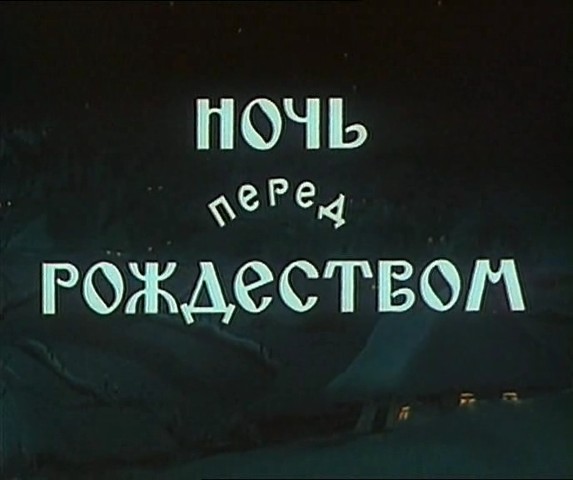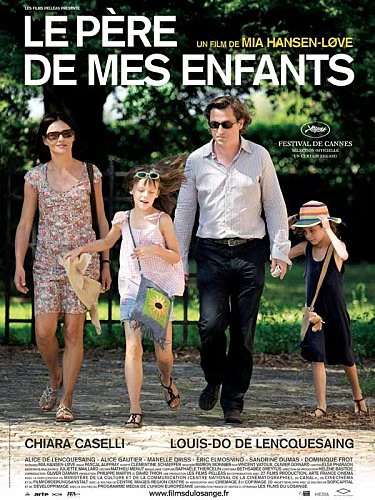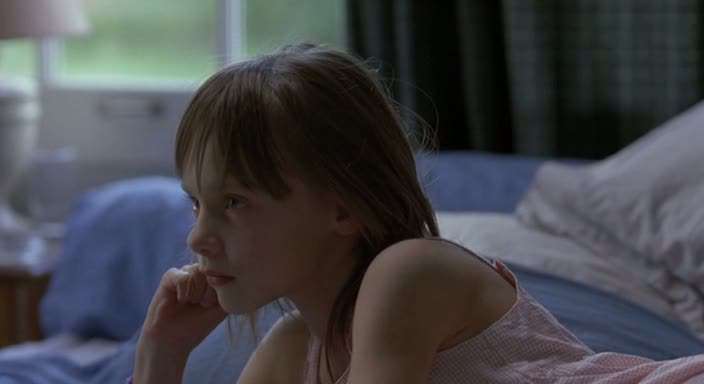Synopsis
Jin, an antagonistic youth, tries to take over a motorcycle gang once its leader, Ken, announces he’s going to retire and settle down with his girlfriend. But things aren’t so easy for Jin. The other gangs have united, and decide that Jin’s reckless ways are a thing of the past, so they band together to take him and his four followers out.
Review
Visions of a bleak, post-apocalyptic urban wasteland strewn with twisted hunks of mechanical wreckage. A rasping electronic buzz on the soundtrack. These impressions kick-start into a jarring, rapid-fire sequence of chrome, neon and showers of sparks alongside the howl of roaring motors, as boys in black leather with Be-Bop High School quiffs ride menacingly out into the night in the theatrical debut from arguably the most important director to emerge from Japan during the 80s.
Completed by former punk musician Ishii for his film course graduation from Japan University in Tokyo, this raw-edged biker flick is a tour-de-force of automotive auto-eroticism. Originally shot on 16mm, Toei were so impressed by this violent counter-cultural kick-back against the anodyne fluff that typified early 80s cinema that they blew it up to 35mm for theatrical distribution.
Focusing on the internal conflicts within the Mabiroshi biker gang, set in motion when their leader Ken opts out of the frontline to settle down for a life of domestic bliss with his girlfriend Noriko, the story unfolds almost as a series of fragmented image sequences, its manga-influenced stylistic origins rendered more obvious in scenes such as a muted bar room heart-to-heart as the resigned leader communicates to his girlfriend tacitly in a series of speech bubbles in the form of textual intertitles.
Ken’s departure leaves the rest of the gang floundering with all the direction of a headless chicken, and so into the breach steps Jin. When Jin’s hellraising antics begin to incur the ire of rival gangs, erupting into a full-blown pitched warfare involving chains, chainsaws and anything else that is hard-edged and at hand, Ken is soon hauled back into the fray.
Crazy Thunder Road has little in the way of stylistic precedent in terms of Japan’s previous decade of cinema, though the biker angle had been tackled before by Teruo Ishii’s Detonation! (Bakuhatsu!) trio of films during the mid-70s. Though often reminiscent of Mad Max (George Miller, 1979), Crazy Thunder Road bears more of a relationship with parallel developments in the US underground, notably Sam Raimi’s uncannily similar spirited debut, The Evil Dead (1982). Both films are dazzling showcases of ostentatious film school experimentation coupled with an undeniably accomplished technical proficiency and razor-sharp editing, films which attempt to subdue rather than seduce the viewer. Ishii and Raimi’s films are obvious calling cards to the industry that make a virtue of their minuscule resources to complement the raw-edged aesthetic, demonstrating that when it comes to making fast paced, in-your-face violent action entertainment, technical innovation stretches one hell of a lot further than big bucks.
Undeniably a product of its time, Ishii’s raw biker film lacks the gloss and veneer of later actioners, and its loud and brutally uncompromising kinetics arguably come at the cost of characterisation. However, what it lacks in charm, it more than makes up for in terms of its pure crude energy and a refreshing vitality. Approaching the material with precocious exuberance, this embryonic offering in Ishii’s oeuvre proved sturdy foundations for the director to build his career upon, a career in which the director’s explorations, experimentations and innovations into cinematic technique have continuously marked him out for interest.
taken from midnighteye.com
1.44GB | 01:37:14 | 720×400 | avi
http://nitroflare.com/view/5AEA8136276357D/Crazy.Thunder.Road.1980.DVDRip.XviD.part1.rar
http://nitroflare.com/view/986DBCDF29D129C/Crazy.Thunder.Road.1980.DVDRip.XviD.part2.rar
Language(s):Japanese
Subtitles:English
If you enjoy this blog, you can support it by buying a NITROFLARE premium account from the links above. Thank you for your support



















































































































































